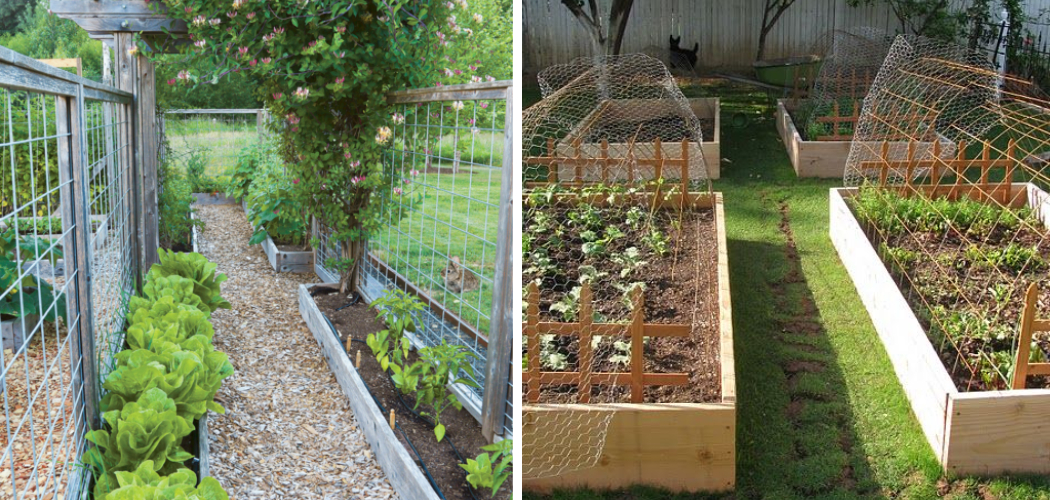Creating a flourishing garden is a labor of love, but for gardeners facing the persistent nibbling of rabbits, it can become a frustrating challenge. These adorable yet voracious creatures can wreak havoc on carefully cultivated plants and flowers, leaving gardeners seeking effective ways to protect their green oasis.
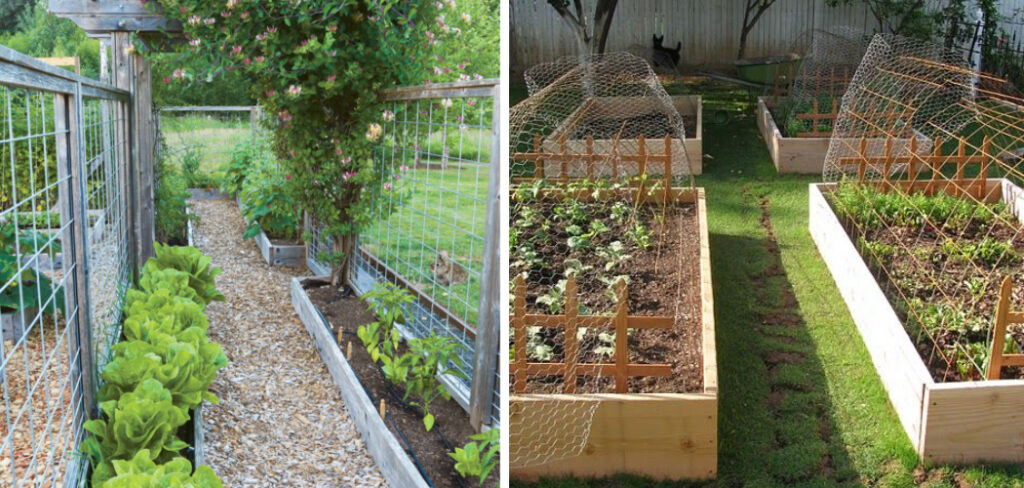
Rabbit-proofing your garden is a vital step to safeguarding your hard work and maintaining a beautiful, thriving space. From physical barriers to natural deterrents, there are various methods to keep rabbits at bay without causing harm to the animals.
In this article, we will explore a range of practical and humane techniques on how to rabbit proof garden, allowing you to cultivate your plants in peace and harmony with nature. Embrace these strategies, and watch your garden flourish while ensuring the safety and well-being of the enchanting rabbits that share your outdoor sanctuary.
Identifying Rabbit Species in Your Area
It is important to know which species of rabbits are present in your area before you attempt to rabbit proof your garden. Depending on the region, different species of rabbits may be more common. In North America, the most widespread and abundant species are cottontail rabbits.
Cottontails have a relatively short lifespan (about one year) and reproduce quickly, so it’s important to consider them when planning for rabbit proofing. Other rabbit species may also live in your area including European hares, jackrabbits, and snowshoe hares.
It can be helpful to do some research about what kind of rabbits live in your area or consult with a local wildlife organization for advice. Knowing which specific type(s) of rabbit is present in your garden will help you to customize your rabbit proofing strategy for maximum effectiveness.
Recognizing the Damage Caused by Rabbits
Rabbits can cause significant damage to gardens due to their burrowing, eating and gnawing habits. Rabbit droppings may also attract other pests, such as rats and mice.
They are especially fond of tender young shoots and vegetables, so if you have noticed any damage or eaten plants in your garden it could be a sign that rabbits are visiting. Rabbits can also eat ornamental plants and trees, leaving behind bark-stripped branches and trunks that can eventually lead to the death of a tree or shrub.
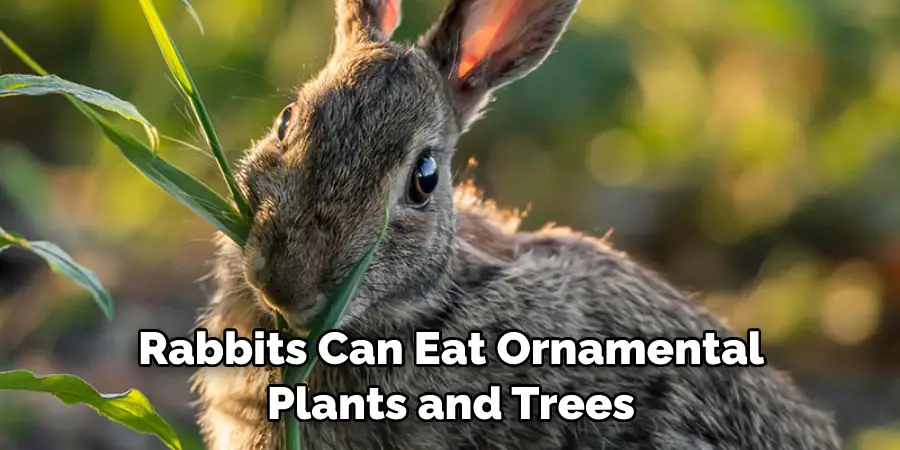
To protect your garden from rabbit damage, it is important to be able to recognize the signs of an infestation. Look for areas where the soil has been disturbed by digging or burrowing activity. You may also notice a large number of rabbit droppings, or signs that plants have been eaten.
If you see any of these signs in your garden, it’s time to take action and start rabbit-proofing your garden.
10 Methods How to Rabbit Proof Garden
1. Install Physical Barriers:
One of the most effective and reliable ways to protect your garden from rabbits is by installing physical barriers. Fencing is a popular choice, and using chicken wire, hardware cloth, or specifically designed rabbit-proof fencing that stands at least three feet tall can create an effective enclosure.
To prevent rabbits from burrowing under the fence, bury the bottom edge several inches below ground level. Ensuring the fence is sturdy and secure is essential to deter determined rabbits.
2. Utilize Raised Beds:
Another approach to minimizing rabbit damage is to garden in raised beds. Raised beds not only provide better drainage and soil control but also offer the advantage of being easier to protect with fencing. Construct the raised beds with materials that rabbits cannot easily chew through, such as cedar or pressure-treated wood. To prevent rabbits from burrowing up into the beds, line the bottom with hardware cloth.
3. Implement Repellents:
Various natural repellents can discourage rabbits from entering your garden. Strong-smelling substances such as garlic, onion, or hot pepper sprays can be applied to plants, creating an unappealing environment for rabbits.
Additionally, using blood meal, human hair, or predator urine spread around the garden perimeter can further deter rabbits. It is essential to reapply these repellents after rain or watering to maintain their effectiveness.
4. Plant Rabbit-Resistant Species:
Selecting plants that rabbits are less likely to nibble on can significantly reduce potential damage. While no plant is entirely rabbit-proof, some species are more resistant to their browsing tendencies. Research and incorporate rabbit-resistant plants into your garden design, such as lavender, catmint, foxglove, daffodils, and marigolds, to create a less inviting environment for rabbits.
5. Create Distractions:
Providing alternative food sources can divert rabbits from your prized plants. Designate a separate area outside the main garden where you can grow rabbit-friendly plants, such as clover or lettuce. By offering this distraction, you can help keep rabbits away from your primary garden space.
6. Use Motion-Activated Devices:
Incorporating motion-activated devices, such as water sprinklers or ultrasonic repellents, can startle rabbits when they approach your garden. The sudden movement or noise will deter them from returning, as they will associate the garden with an unpleasant experience.
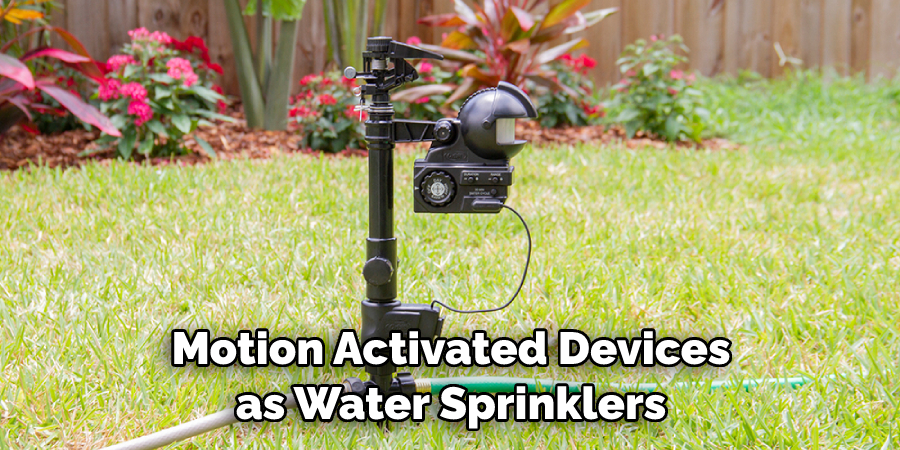
7. Keep the Garden Neat and Tidy:
Rabbits are attracted to overgrown and cluttered areas where they can easily hide. By maintaining a neat and tidy garden, you reduce potential hiding spots for rabbits and make it less inviting for them. Regularly prune plants, remove weeds, and clear away debris to create an unappealing environment for rabbits to take up residence.
8. Apply Beneficial Nematodes:
Introducing beneficial nematodes into the soil can help control various garden pests, including rabbits. These microscopic organisms parasitize and kill harmful insects, making them a natural and environmentally friendly solution for garden protection. Beneficial nematodes can be purchased at garden centers and applied to the soil following the manufacturer’s instructions.
9. Remove Attractants:
Keeping your garden free from tempting treats that attract rabbits is essential. Fallen fruits, vegetables, and seeds are a welcome invitation for hungry rabbits. Regularly clear away debris and fallen produce to discourage their presence.
10. Introduce Natural Predators:
Encouraging natural predators of rabbits can help keep their population in check. Installing birdhouses to attract birds of prey like hawks and owls can be beneficial, as they are natural hunters of small mammals like rabbits. Additionally, creating a habitat for foxes or encouraging domesticated cats in the area can also help keep rabbits away from your garden.
Things to Consider When Rabbit Proofing Garden
When rabbit proofing your garden, there are several steps you should take to ensure that bunnies don’t wreak havoc in your yard. Here are a few tips to consider:
1. Fencing –
The first step in protecting your garden from rabbits is to install a protective fence around it. Choose fencing that has tightly knitted wires at least two feet high, and make sure the bottom of the fence is dug into the ground about six inches so rabbits cannot get under it. You can also opt for a taller fence if needed, or use chicken wire with small holes to keep out even the smallest bunnies.
2. Repellents –
Another great way to keep rabbits away from your garden is to invest in a rabbit repellent. These products contain natural ingredients that are unpleasant to rabbits, so when they smell or taste it on the plants, they won’t want to eat them. You can spray the repellents directly onto the foliage and around the perimeter of your garden for maximum protection.
3. Mulch –
Using mulch is another great way to protect your garden from rabbits. The thicker and higher you make your layer of mulch, the more difficult it will be for bunnies to get through into your plants. Choose wood chips or other large-sized material as this will be harder for small animals to dig through.
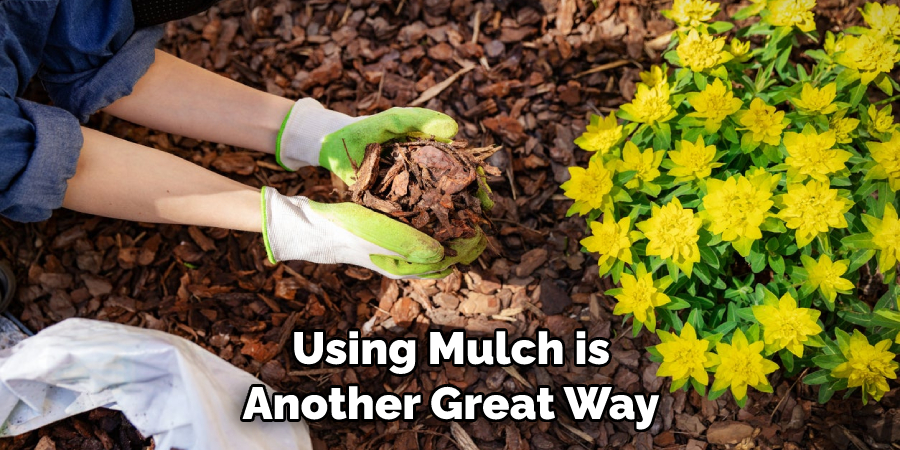
4. Plant Selection –
Selecting plants that are not appealing to rabbits is a great way to protect your garden. Look for native plants as well as other shrubs, trees and perennials that bunnies will typically avoid. You can also try planting herbs like rosemary and lavender, which have strong scents that may repel most rabbits.
Some Common Mistakes When Rabbit Proofing Garden
When it comes to rabbit proofing your garden, many people make some common mistakes. Here are some of the most common ones that you should be aware of:
1. Not Building a Fence High Enough –
A fence needs to be at least two feet tall and buried underground for at least 6 inches in order to keep rabbits out. If the fence is any shorter, they can easily hop over it without effort.
2. Neglecting to Patch Weak Spots on the Fence –
Even after a fence has been built, there might still be areas where rabbits can get through if not fix properly. Make sure to regularly check your fence for any holes or weak spots and repair them immediately so the rabbits won’t have an easy way in.
3. Not Planting the Right Types of Plants –
Rabbits are particularly attracted to certain types of plants, so make sure to avoid planting them in your garden. Stick with plants that they don’t like, such as mint or sage, or other plant varieties that have thorns and spines which can deter rabbits from eating them.
4. Not Using Natural Repellents –
In addition to using fences and avoiding certain plants, you can also use natural repellents such as garlic cloves, human hair clippings, or predator urine around the perimeter of your garden to keep rabbits away from your precious plants.

Conclusion
Knowing how to remove landscape fabric is essential in maintaining a healthy garden. This may seem daunting, and you may feel the need to give up, however with the right tools and understanding of the process it will become much easier. Start by finding a complete overview of the removal process online for guidance as to how best approach it.
Suppose you’re unable to find instructions online or have further questions regarding removing landscape fabric. Our team here at [insert company name] is always just an email away and ready to help in any way that we can! Don’t forget that every garden is unique, so you should tailor the approach for your own yard.
So don’t be discouraged if it takes a few attempts before achieving success.
You Can Check It Out to Coyote Proof Your Yard

